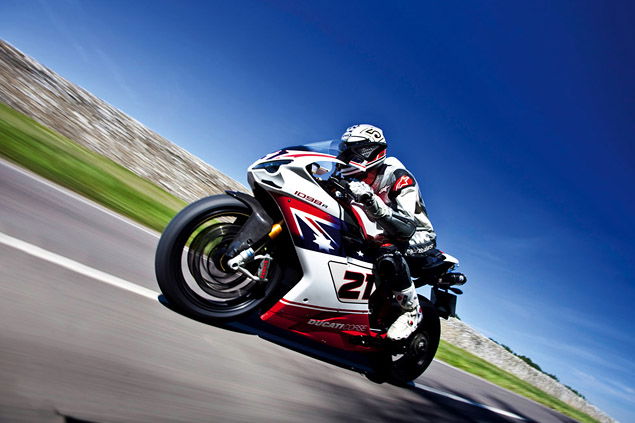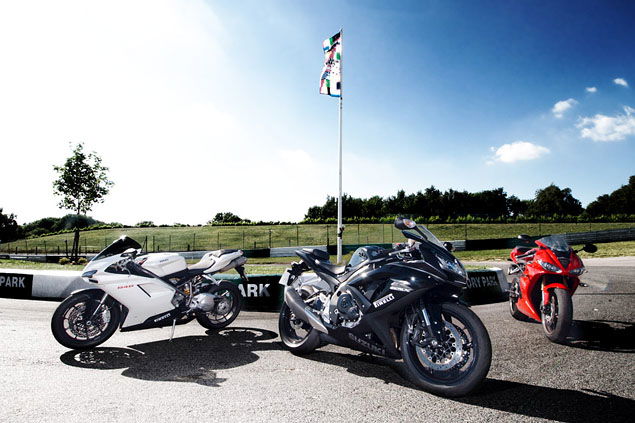The Power and the Glory: Ducati Streetfighter S v BMW K1300R v Triumph Speed Triple v Honda CB1000R
Hugely powerful and slickly suspended, the new breed of big streetbikes are superbike-fast


Getting naked on the South Downs is nothing new. Since the beginning of time, getting over-excited among the rolling hills that straddle the back of Hampshire has been the pastime to many. From over-sexed, rampaging Romans to underdressed, chemically-fuelled weekend revelers, the Downs have been a playground to a great many people.
For Visordown the Downs mean a traffic-free, mid-week blast on some of the best roads the south has to offer, with the mighty A272 running through the heart of it. A twisting, writhing ribbon of tarmac that undulates with every type of camber and crest along its 90-mile length between Winchester and Poundford, on a sunny weekday the A272 is pure motorcycle heaven. In fact, it’s a road so revered that Pieter Boogart wrote a book about it: “I love this road. It represents England. It epitomises England,” explained the Dutch Anglophile.
So we needed bikes that could live up to such a setting. Visually striking, dynamically stunning and yet traditional, we needed bikes that would bring us right back to the basics of fast. Big-capacity street machines with plenty of attitude and lashings of style? Perfect. And with two new additions to the 1000cc streetbike class for this year, there’s a new winner to be chosen...

